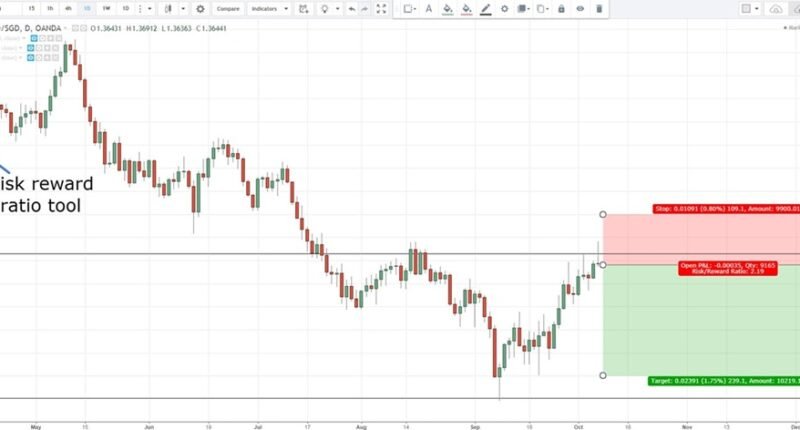Introduction
In forex prop firm trading, managing risk is just as important as identifying profitable trades. Two critical components of effective risk management are risk-to-reward ratios and position sizing. Proper application ensures traders stay within prop firm rules, protect their capital, and achieve consistent growth.
Traders in India can combine these techniques with the support of the best prop firm in India to trade professionally. Beginners can also strengthen their foundation by revisiting forex trading for beginners.
This article explores how to calculate and apply risk-to-reward ratios and position sizing for optimal forex prop firm strategy execution.
Understanding Risk-to-Reward Ratio
The risk-to-reward ratio (R:R) compares the potential loss of a trade to its potential gain:
- Formula: R:R = Potential Profit ÷ Potential Loss
- Example: A trade with a $100 potential loss and $300 potential gain has an R:R of 1:3.
Why It Matters in Prop Trading
- Ensures trades have a higher probability of profitability over time.
- Protects funded accounts by limiting losses relative to gains.
- Aligns with prop firm evaluation rules that often restrict daily drawdowns.
Recommended: Most professional traders target a minimum R:R of 1:2 or higher for each trade.
Position Sizing: Controlling Risk
Position sizing determines how much capital to allocate per trade:
- Formula: Position Size = (Account Equity × Risk Per Trade) ÷ Stop-Loss in Pips
- Example: For a $10,000 account risking 1% per trade ($100), with a 20-pip stop-loss, the trade size can be calculated using the above formula.
Why It Matters
- Prevents single trades from significantly damaging your account.
- Allows consistent application of your forex prop firm strategy across multiple trades.
- Helps maintain compliance with prop firm risk rules.
Integrating R:R and Position Sizing in Prop Firm Strategy
To implement effectively:
- Set Risk Per Trade: Typically 0.5–2% of account equity.
- Determine Stop-Loss and Take-Profit: Ensure R:R meets or exceeds 1:2.
- Calculate Position Size: Adjust lot size based on stop-loss distance and risk per trade.
- Maintain Discipline: Never increase risk arbitrarily or deviate from the plan.
This structured approach protects capital while allowing for consistent growth in funded accounts.
Expert Insights
Professional prop traders emphasize:
- Always plan trades before entering the market, combining technical and fundamental analysis.
- Adjust position sizes dynamically as account equity grows or market volatility changes.
- Using disciplined R:R and position sizing is often more important than trade frequency for long-term profitability.
Conclusion
Mastering risk-to-reward ratios and position sizing is essential for prop firm trading success. By calculating potential gains relative to losses and controlling the amount of capital per trade, traders can protect funded accounts, comply with evaluation rules, and achieve sustainable growth.
Traders in India who integrate these practices into their forex prop firm strategy and trade with the best prop firm in India position themselves for consistent, long-term profitability in the forex market.








